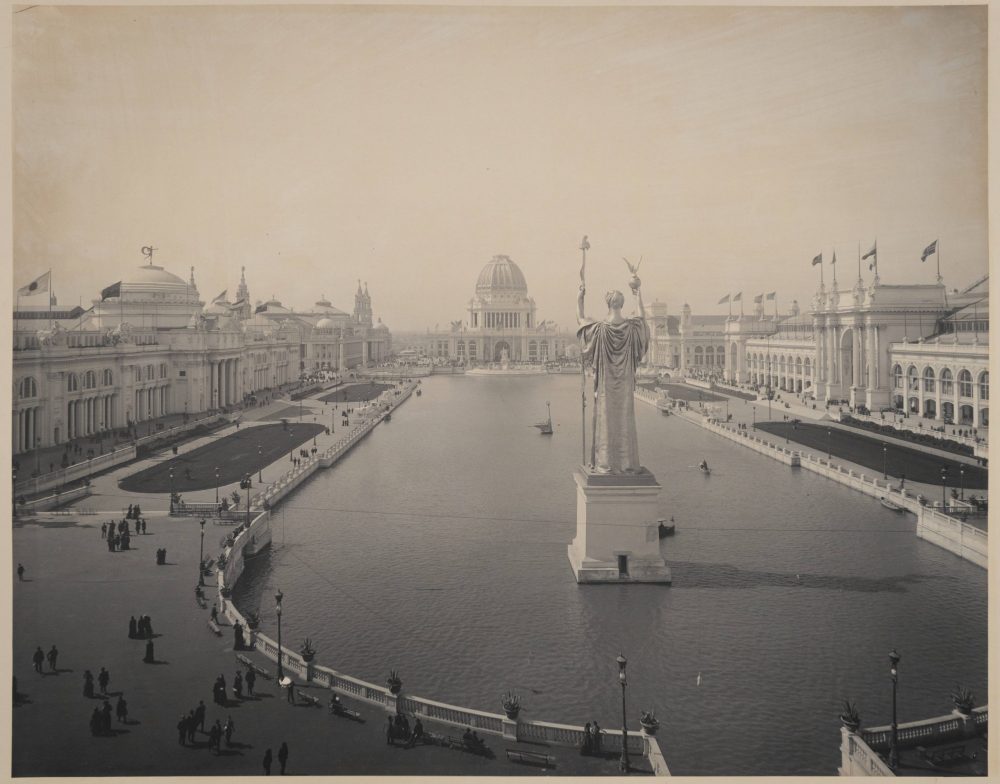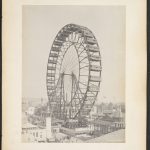C.D. Arnold Photographic Digital Collection
CPL's Digital Collections document life in Chicago through archival images, documents and artifacts.

About
In 1893, Chicago hosted the World’s Columbian Exposition, a World’s Fair celebrating the 400th anniversary of Christopher Columbus’s arrival in the Americas. The Fair took place in Jackson Park, on Chicago’s South Side, and ran from May through October of 1893. During those six months, more than 27 million people from around the world visited the Fair. Landscape architect Frederick Law Olmsted, and architect and planner Daniel Burnham, collaborated with many other luminaries to bring the Fair into existence.
While most fair buildings were temporary structures that no longer exist, a visual record of the Fair survives in photographs, most notably in those by the Exposition’s official photographer, Charles Dudley Arnold (1844-1927). Arnold documented the Exposition from its construction, beginning in 1891, to its closing and aftermath in the winter of 1893-1894. His photographs trace the metamorphosis of Jackson Park from a mossy, damp area to the thriving and beautiful “Dream City,” complete with massive, neoclassical exposition buildings, waterways reminiscent of Venice, sculptured gardens and amusement park attractions.
This digital collection includes the photographs from the first four (of twelve) volumes created by Arnold. You can see the Administration Building, the Statue of the Republic, the Ferris Wheel, the Art Palace, the Transportation Building, the Agricultural Building, the Horticultural Building, the Manufactures Building and more.
Questions or concerns about rights and access to this digital collection? See our Copyright and Takedown Policy.
Acknowledgment of Harmful Materials
Chicago Public Library collects images, documents and other archival materials from different communities and time periods to preserve and make available the cultural and historical record. As historical objects, some of these materials contain harmful or disturbing content. CPL presents these artifacts as an unfiltered social record and does not endorse the views expressed therein.











